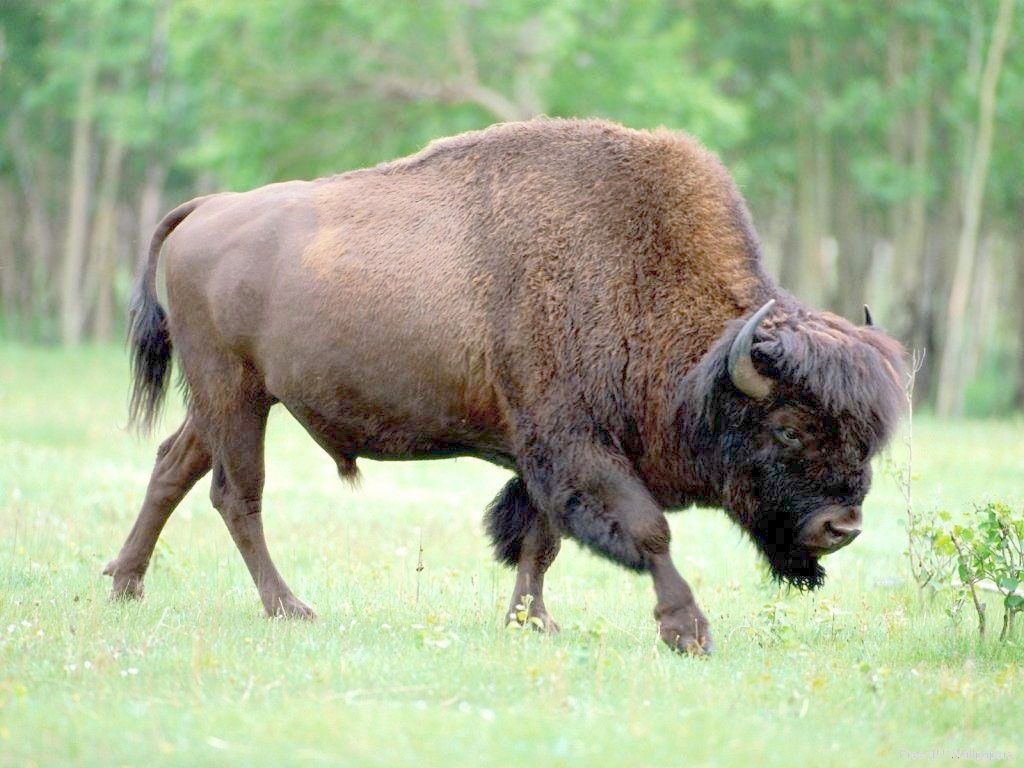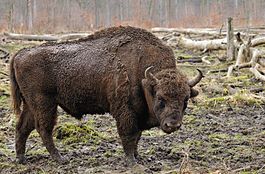Boar, wild pig. Biological information
The wild boar or wild pig is an important biological object in the ecosystem. Red Book animals feed on it: tiger, leopard, and wild boar is an important commercial species. Last year, in our region, game wardens observed the death of wapiti and wild boar after snow fell (information from the media “Local Time”). The reason may be the poor food supply of the wild boar's habitat; other reasons are also possible.
Wild boar, wild pig, family mammal. pigs order artiodactyls. Body length up to 200 cm, tail up to 30 cm, height at the withers about 100 cm. Weight on average about 150 kg, maximum up to 300 kg. The head is massive, the muzzle is elongated, with a dark “patch”. The fangs grow throughout their lives; in cleavers they are 8-10 cm long. The body, flattened on the sides, is covered with brown bristles; on the withers and ridge there is long, stiff stubble, similar to a mane. The legs are short, four-toed, with rounded black hooves; the toes can move apart, which increases the area of support. Wild boars live mainly in groups, sometimes in herds (up to several dozen individuals), old males (singles) often alone. In summer, the wild boar is active at dusk and at night; in winter, it feeds during the day and spends the night lying down. In summer it lives in places with “baths” (pits filled with water and mud). In winter it uses permanent trails. When there is a shortage of food and persecution, it wanders. Rutting in November - January. By this period, males have thickened skin on the neck and sides - up to 3 cm (kalkan, shell). Gives birth to 4 - 5, sometimes up to 12 striped piglets. Life expectancy is up to 30 years. Omnivorous. The diet is dominated by food obtained in the soil: rhizomes and roots of plants, invertebrates, earthworms, insects, including larvae of insects that are pests of forests and fields (May beetle, pine moth, wireworms, etc.), mouse-like rodents, amphibians, reptiles . Eats grass, acorns, fruits of oak, cedar pine, carrion of wild fruit trees, etc.
Animal food for wild boars consists of earthworms, insect larvae, mollusks, amphipods and mouse-like rodents, which wild boars often eat along the way, looking for their food reserves.
We had to find pieces of skin and crushed bones of red deer in the stomachs of wild boars. This undoubtedly suggests that they are picking up the remains of wolf meals. The extraction of food is associated with the loosening of the forest floor, which promotes forest regeneration. At high densities, wild boar can sometimes damage agricultural crops and destroy the nests of birds and red forest ants. The main enemy is the wolf. Valuable hunting and commercial animal (meat, leather, bristles; fangs - trophy); widely bred in many hunting farms. Shooting under licenses, in September – January. The ancestor of the domestic pig.
The area where the work was carried out is located in the Nadezhdinsky district between the villages of Olenevod and Terekhovka, 3 km northwest of the Razdolnoye - Olenevod highway - 131 40 east. 43 30 N. The site was chosen on the southern part of the hill, the height of which is about 100 m.
There are small mounds and a hole filled with water. Oak-broadleaf forest. According to visual assessment, the vegetation is monotonous, the shrub layer is poorly defined. The oak trees still have leaves, the grass has withered, and green plants are also found.
The material was collected on October 8 and 15, 2009. The weather was sunny. Air temperature 08.10 - +20 degrees, no wind, 15.10 - +18 degrees, moderate wind. The area is well lit.



No comments here yet.